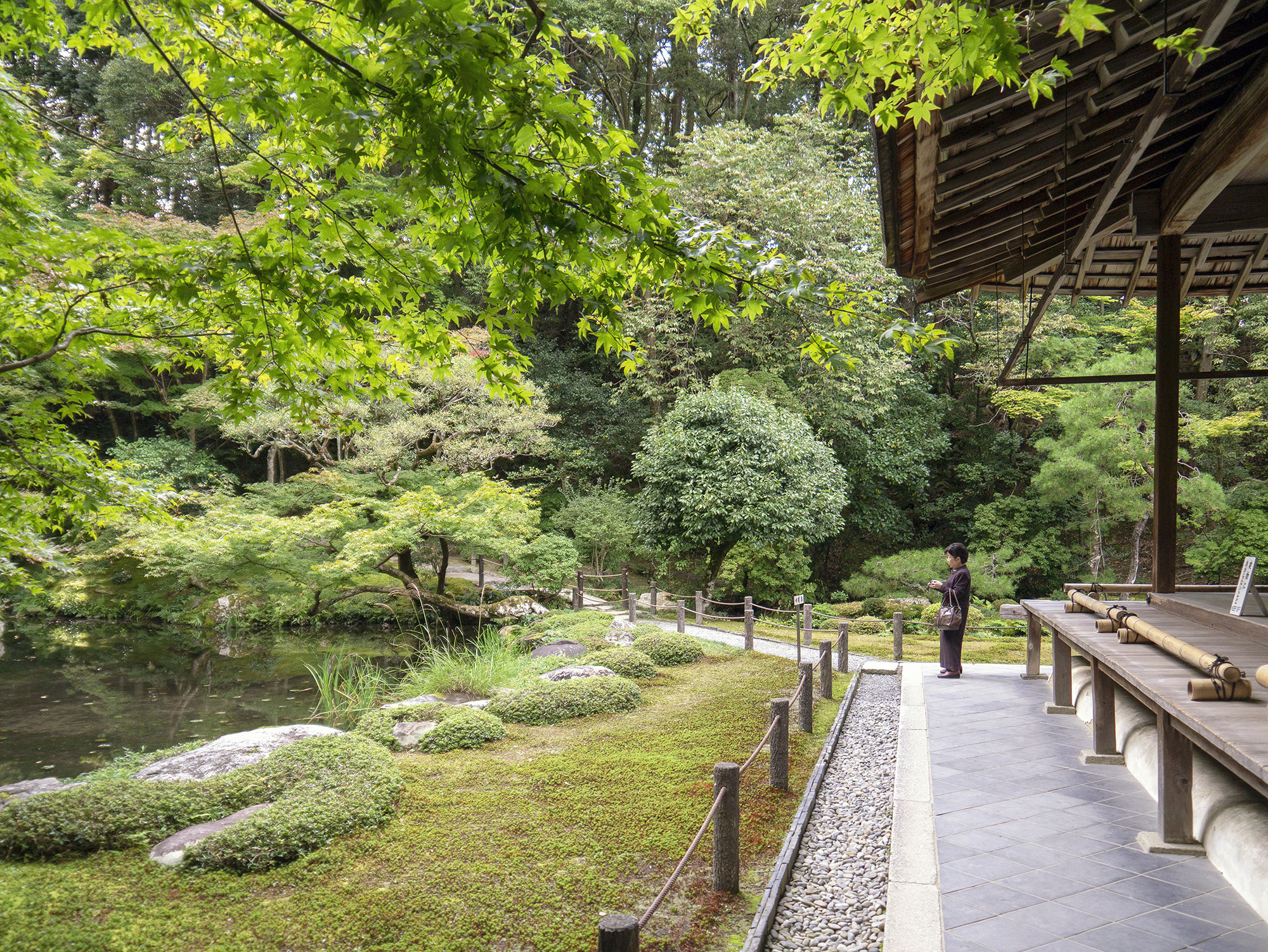Japan
Personal Photography (2017)
Kyoto, Nara

Isui-en, Nara
Proposal: to document Japanese Temple and Garden Design
Perhaps nowhere in the world is the relationship between landscape and architecture more thoughtful than in Japanese Temple and Garden design.
Based on a parti honed throughout history, the temples I visited in Tokyo, Kyoto, and Nara employ an open design that juxtaposes inward and outward views.
Barriers between inside and outside are always in flux; the space flows freely between.






Entry and thresholds are subtly indicated yet paramount to the sequence of spaces. Cues include changes in material, texture, and elevation. Deep eaves and terraced porches create sheltered, theater like seating that frames the outward views. Translucent sliding walls create a sense of enclosure only when necessary. The wooden structures always sit on stone footings, only delicately touching the ground.










Contained stone gardens serve as metaphors evoking islands within the ocean like the Japanese Archipelago. Walls visually separate adjacent structures, leaving only the tree line and crisp sky visible above.
Gardens beyond the walls are carefully curated to evoke idealized natural scenes. Moss is perfected like carpeting; trees and stones placed like sculptures. The distant landscape becomes part of a layered backdrop.

Isui-en, Nara
Borrowed Scenery is a beautiful Japanese approach of making landscape contextually specific. Carefully curated gardens are designed to be microcosms of the uncontrolled distant landscape. As a result, the boundary of the design is blurred, and the entire vista becomes a cohesive, endless view.

